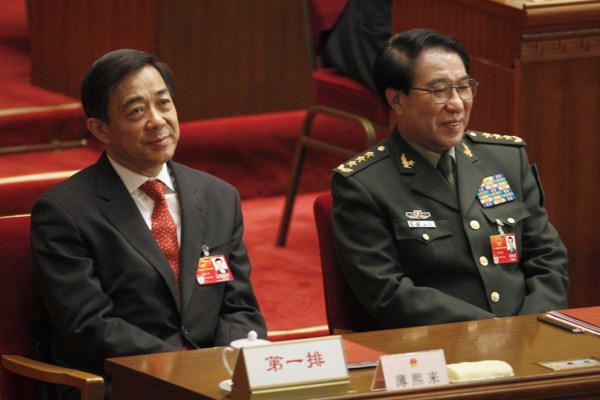The recent announcement that investigators seized a metric ton of cash, jewels, antiques and other luxury goods from the villa of retired Gen. Xu Caihou sheds new light on corruption within China’s People’s Liberation Army (PLA). Xu, who had been a vice chairman of the Chinese Communist Party’s powerful Central Military Commission (CMC), was the second senior PLA commander to be charged with corruption in recent years. In 2012, Gen. Gu Junshan, a deputy commander of the PLA General Logistics Department, was detained after years of rumors that he had been involved in under-the-table deals involving PLA-controlled land. Several active and former commanders have been detained and upwards of a dozen senior PLA officers—including Guo Boxiong, a second vice chairman of the CMC—implicated in the Xu and Gu cases. But as Chinese President Xi Jinping’s anti-corruption campaign turns to the military command, the questions raised go beyond graft to the heart of the PLA’s defense mission.
Despite a near blackout on public reporting, the available evidence suggests that the PLA is no stranger to corruption. During the Maoist years, PLA soldiers and commanders enjoyed better access to food and other necessities, among other privileges, making the army a coveted career path. As China’s economy took off in the 1980s, the attraction of a military career dimmed, particularly after Deng Xiaoping cut the size of the military and diverted financial resources to support rapid economic development. In a move designed to placate the PLA high command, however, Deng allowed it to use the military-industrial complex to earn profits that could supplement budgetary funding and enhance welfare benefits for the military. PLA-controlled factories were quickly shifted to civilian production, and by the early 1990s a sprawling complex of military-controlled companies had emerged.
As “PLA Inc.” grew, it became clear that profits were not just being used to replace budgetary funds but were also flowing into the pockets of the officers who controlled PLA-owned companies. Elements of the PLA were even suspected of involvement in extensive smuggling operations, either by accepting payoffs from smugglers who were running entire shiploads of contraband—including automobiles, petroleum, rolled steel and other industrial commodities—through ports in broad daylight or by actually providing ships and aircraft to move contraband through naval ports and military airbases.

